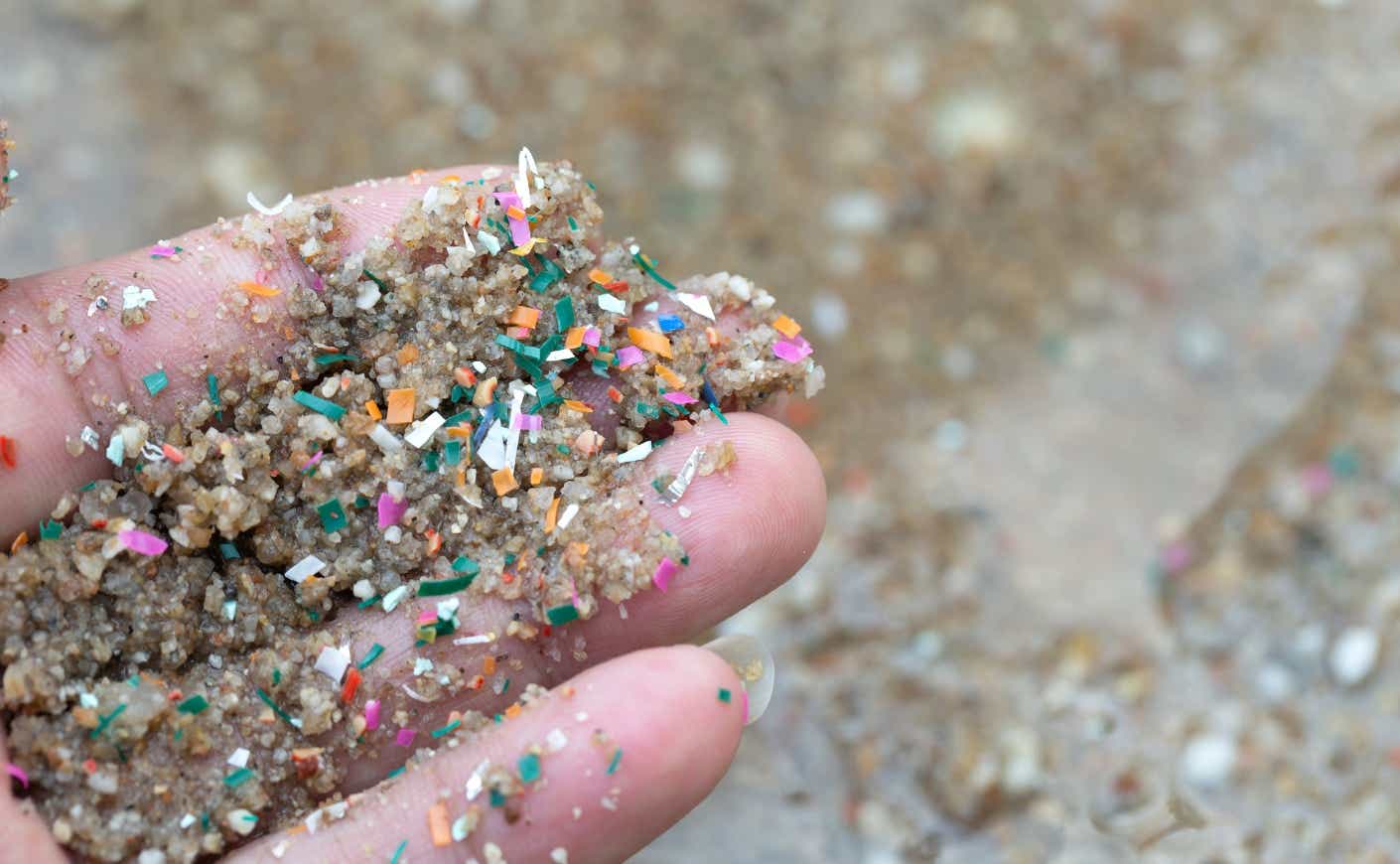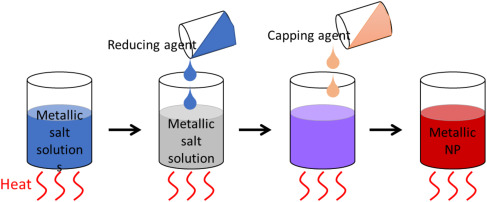https://thebulletin.org/2023/09/why-japan-should-stop-its-fukushima-nuclear-wastewater-ocean-release/#:~:text=TEPCO%20plans%20to%20discharge%20treated,set%20before%20the%20Fukushima%20accident.
We watched the Godzilla movie last week, and as I began to think about what to blog about, one of last year's top news came to mind, the nuclear wastewater discharge issue in Fukushima, Japan.
When this news appeared last year, it caused an uproar in Asian countries, especially led by neighboring countries such as China, South Korea and North Korea, which raised fierce objections. China's news was full of stories about the effects of nuclear sewage on marine life, and some radicals even suggested that “Godzilla” might actually appear in the ocean as a result of nuclear wastewater contamination.
In fact, since the commencement of the discharge on August 24, 2023, the International Atomic Energy Agency (IAEA) has independently sampled and measured the seawater in the vicinity of the Fukushima nuclear power plant and confirmed that the tritium level meets the safety standard. This is the same report that the Japanese government has claimed to the public that the tritium level meets the safety standard, and therefore the discharge of nuclear wastewater is not likely to cause serious harm to people's health or the ecology of the ocean.
So what is tritium? Why does Japan and the international community place so much emphasis on tritium in nuclear wastewater? And what are the serious problems caused by excess tritium?
Tritium, an isotope of hydrogen, is a soft beta ray, and a layer of plastic or human skin can block most radiation.
Scientists said that when tritium is diluted and slowly discharged into the sea, it poses no threat to humans or the environment. So there's really no need to be scared about it. Tritium is arguably part of the water and is quickly excreted by the body.
Tritium does not re-accumulate. It is not like mercury that accumulates in tuna. Tritium is radioactive in the form of water molecules, so it will continue to be diluted.
However, neighboring countries such as China and South Korea are still questioning this. They say there is a lack of sufficient experience and scientific data to support Japan's claim. Meanwhile, the Japanese side says that the concentration of tritium in the water will not cause any harm to human beings, but there are still questions about the fact that although human skin is able to block tritium B-rays to a certain extent, if people eat seafood contaminated with tritium, etc., the cells in their bodies will be exposed, which can lead to cell deaths and DNA damage and mutation, among other things. At the same time, radioactive elements are able to build up step by step in the marine food chain. The biological nature of the oceans weakens the effect of chemical dilution. What the future consequences of continued emissions will be is anyone's guess. Some radicals have even suggested that mutant monsters such as Godzilla may actually appear in the future.
But is tritium the only threatening radioactive element in nuclear effluent? Not really.
Strontium-90, cesium-137 and other radioactive elements that are more dangerous than tritium are also present in nuclear waste water. Strontium can be absorbed into the bone structure, and once it is incorporated into the crystalline structure of the bone, it cannot be removed from the body.
Bissell, the American oceanographer, points out that in addition to tritium, there are other radioactive isotopes, some with longer half-lives, that are more likely to remain in marine life or become marine sediments. In contrast to tritium, these substances pose a potential threat to humans and the environment through complex pathways.
Nowadays, the understanding of the nuclear issue is still very limited, therefore, we do not yet know whether the discharge of nuclear effluent will really cause negligible harm to human beings and marine organisms and ecology as described by Japan, or whether Godzilla may really become a reality in the future.
Reference:
https://www.thelancet.com/journals/lanonc/article/PIIS1470-2045(23)00340-6/abstract
https://www.sciencedirect.com/science/article/pii/S2666683921000183
https://papers.ssrn.com/sol3/papers.cfm?abstract_id=4588827
https://iopscience.iop.org/article/10.1088/1742-6596/2608/1/012058/meta
https://www.medrxiv.org/content/10.1101/2023.04.23.23288984v1































_in_tin.jpeg)